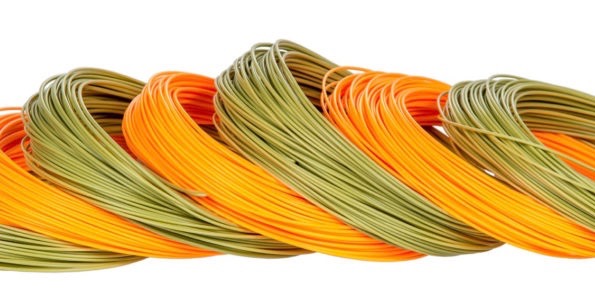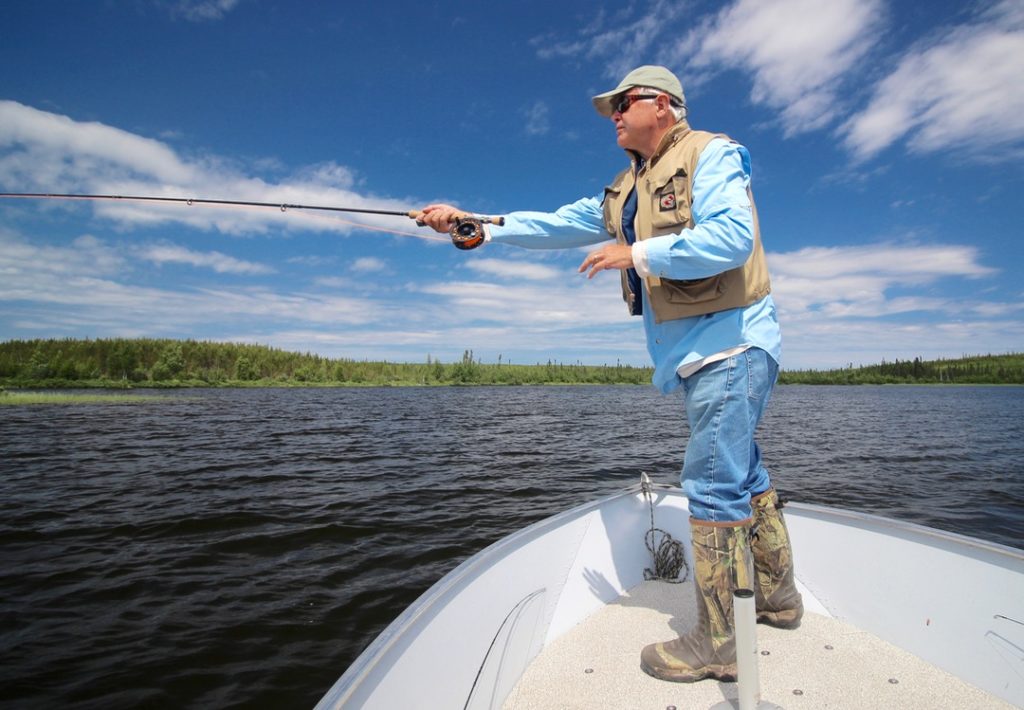On the line
Making sense of the countless options for spooling up fly reels
Advertisement
TAPER
Fly lines have a braided core covered in flexible plastic. The diameter of the plastic coating varies throughout the line, getting thicker and thinner; that is called the taper. The taper of a line significantly affects how the line moves in the air and on the water. Manufacturers can vary tapers to accentuate certain performance characteristics, and benefit certain types of fishing.
Advertisement
Double-taper (DT) lines start small and gradually thicken to a belly section in the middle, then taper back down (see diagram below). DT lines used to be common, but they’re now considered a bit passé. That said, a DT line remains ideal for delicate presentations at shorter distances. And when the front end of the line wears out, you can reverse it, and the never-used back end becomes a brand new line. I still run DT lines on my 3- and 5-weight outfits.

Today’s dominant taper is the weight-forward (WF) style. It has a shorter front taper, leading to a thick, short belly section, which tapers back down into a thin running line (see diagram above). This helps launch longer casts, since the heavy belly section pulls the thin running line behind it. WF lines are a must for big flies, windy conditions and long-distance scenarios. They cast so efficiently they’ve become the default for most anglers, but there’s a cost: the easier casting comes at the expense of delicacy and on-the-water handling. Many of us will accept this trade-off, however.
Most species- and tactic-specific specialty lines are created by adjustments to the standard WF shape. Line makers can, for example, dial up the power for surf fishing or create a medium-power line to help big-river anglers mend long casts. Do specialized lines make a difference? Yes, but at the margins of performance. You can never go wrong with a general-use weight-forward line. Specialty tapers are for specialists looking for a five or 10 per cent edge, often in challenging conditions.
Advertisement


